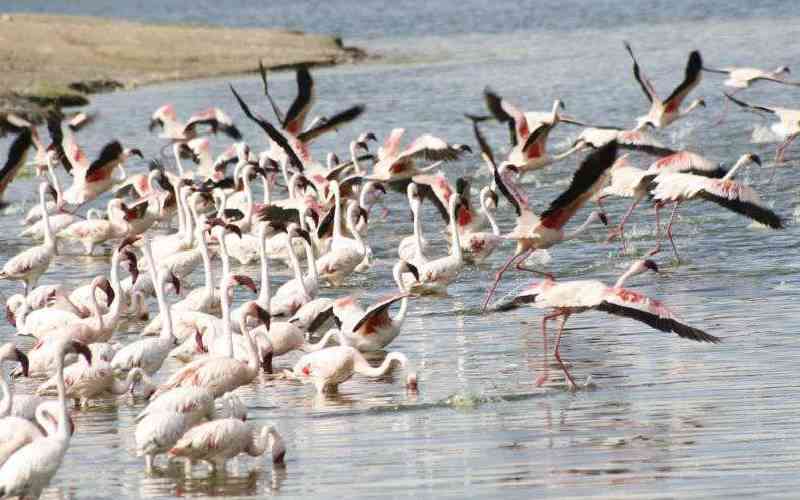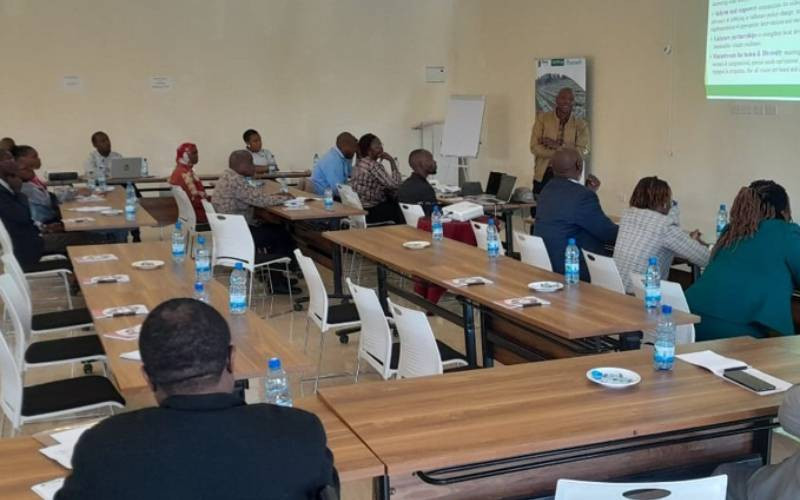
A United Nations report shows most migrating animals face a sharp population decline.
The first-ever report released by the Convention on the Conservation of Migration Species in February detailed the status of migratory species, including marine turtles, whales, sharks, elephants, reptiles, wild cats, birds, and even insects. It reveals that migratory species face exploitation, such as hunting and overfishing.
"The report finds the conservation status of migratory species overall is deteriorating. Species listed for protection, despite positive successes, reflect this broader trend. The conservation needs and threats to migratory species need to be addressed, with greater effectiveness, at a broader scale, and with renewed determination," the report notes.
Migratory species rely on specific habitats at different times in their life cycles. They regularly travel, sometimes thousands of miles, to reach these places.
Globally, billions of individual animals embark on migratory journeys each year, connecting distant continents, countries, and habitats through their migration routes.
Migratory species are important within different ecosystems. Besides indicators of overall environmental health, migratory species are also crucial in the large-scale transfer of nutrients between environments.
Along their migration routes, migratory species provide vital benefits for people, from pollination of crops to supporting sustainable livelihoods.
Decline in the abundance of migratory species, however, may result in the loss of important functions and services. And now the report reveals that they face enormous challenges and threats along the way, and at their destinations where they breed or feed.
When species cross national borders, their survival depends on the efforts of all countries in which they are found.
While many countries, including Kenya, are signatories to the Convention on the Conservation of Migratory Species of Wild Animals, the UN recommends that international cooperation is essential for the conservation of migratory species.
The report reveals that the most affected species include marine and freshwater fish and marine turtles. It notes that nearly 400 threatened species deserve greater attention.
"Among the startling results, over-exploitation emerges as the greatest threat for many migratory species, surpassing habitat loss and fragmentation," the report says.
According to the report, there are 399 globally threatened and near-threatened migratory species, mainly birds and fish not listed as migratory species.
Out of the 15,923 populations of migratory species, 1,710 migratory species of mammals, birds, reptiles, and fish show an overall average decline of 15 per cent for all migratory species between 1970 and 2017.
Overfishing is flagged as a threat to slow-growing sharks, rays, and chimaeras.
The report notes that while a few species of sharks and rays are directly targeted to supply international demand for their meat, fins, gill plates, and liver oil, the majority of the species are caught incidentally and then frequently retained as by-products for consumption.
Habitat loss, degradation, and fragmentation, the report says are increasingly disrupting the ability of migratory species to move freely along their migration routes, particularly when large areas of continuous habitat are converted into smaller, isolated patches that can no longer facilitate these movements.
The free movement of migratory species along migration routes on land and in the sea, as per the report, is increasingly being constrained and disrupted by a range of physical and non-physical barriers such as roads, railway lines, pipelines, fences, and dams.
Pollution, including pesticides, plastics, and heavy metals, and underwater noise and light pollution, are also highlighted among the threats facing many migratory species.
According to the report, the impact of climate change is already being felt by many migratory species and are projected to increase over the coming decades, not just as a direct threat to species but also as an amplifier of other threats.
 The Standard Group Plc is a multi-media organization with investments in media platforms spanning newspaper print
operations, television, radio broadcasting, digital and online services. The Standard Group is recognized as a
leading multi-media house in Kenya with a key influence in matters of national and international interest.
The Standard Group Plc is a multi-media organization with investments in media platforms spanning newspaper print
operations, television, radio broadcasting, digital and online services. The Standard Group is recognized as a
leading multi-media house in Kenya with a key influence in matters of national and international interest.











